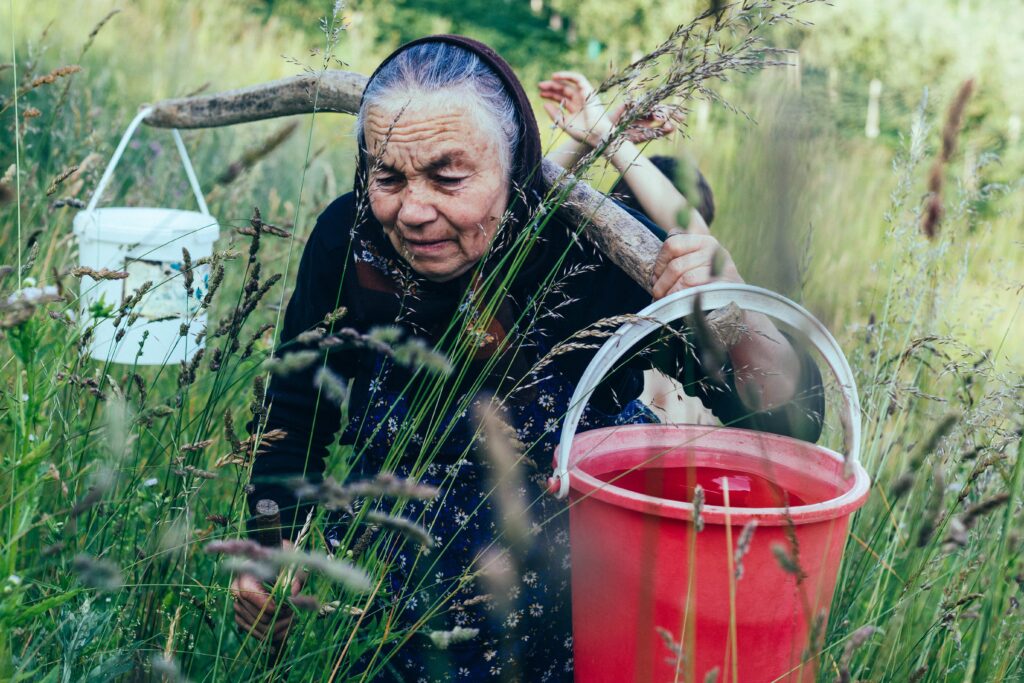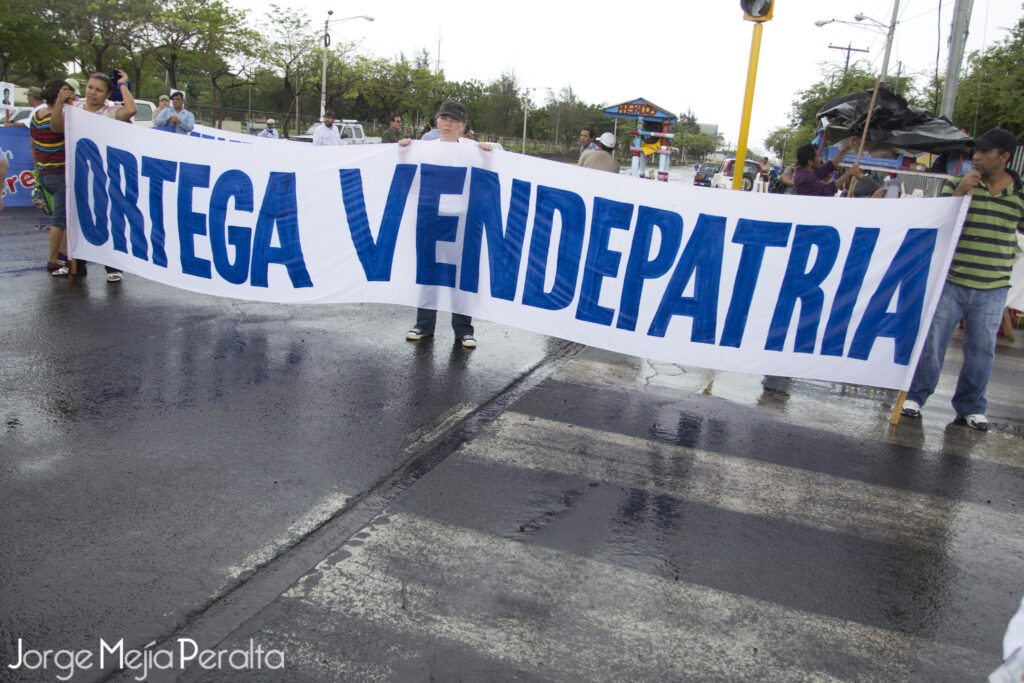LOS ANGELES — The average American uses 82 gallons of water per day — the equivalent of running a faucet for 37 minutes straight. For most citizens of developed countries, a glass of water is a short walk to the sink. Due to its relatively easy accessibility, clean drinking water is often taken for granted. However, for over 785 million people living in Africa, Asia and the Middle East, access to fresh water is not so simple.
For example, in Eritrea, a country in East Africa, over 80% of the population lacks access to drinking water. Other countries with similarly staggering numbers include Uganda, Ethiopia and Somalia. Essentially, the world is suffering from a global water crisis.
People around the world are not able to access both the quantity and quality of water necessary to carry out basic human needs, such as cleaning, bathing, drinking and growing food. This crisis has been recognized by the United Nations and was made a Sustainable Development Goal in 2015. The SDGs serve as a “shared blueprint for peace and prosperity for people and the planet.” As SDG 6, the UN hopes to provide clean water and sanitation to all by 2030. Off track to hit this goal, the UN introduced the SDG 6 Global Acceleration Framework last year to speed up action.
According to USAID, women and children in developing countries walk an average of 3.5 miles a day to fetch potable water. This accessibility challenge exacerbates water vulnerability for millions of people, especially considering that most of the water gathered in developing countries comes from a polluted source, contaminated with raw sewage, surface run-off, industrial effluents, and feces. The surface water contains disease-causing pathogens, such as cholera, typhoid fever and diarrhoea, as well as dangerous toxins like arsenic and lead. Children are particularly vulnerable, considering that 5,000 children die daily from waterborne illness and issues of sanitation. Many of these children already suffer from malnutrition and other diseases.
The situation is expected to worsen as the global population rises and the water supply falls. According to the World Health Organization, by 2025, half of the world’s population is expected to be in regions labeled “water-stressed.” This is detrimental, due to the impact of water scarcity and water stress on basic sanitation and public health. As demonstrated by the ongoing COVID-19 pandemic, access to safe and clean water is critical because “handwashing with soap is one of the most effective ways to limit the spread” according to the UN Secretary-General António Guterres.
Additionally, water stress impacts different vulnerable groups to varying extents. This crisis will undoubtedly heighten issues of gender inequality, as many risks fall disproportionately on women. Due to cultural expectations, women and girls are responsible for fetching water in 80% of households with off water premises. As a result, women and girls walk an average of four miles with a 44 pound jerry can to their nearest water source. For parts of the world that suffer from water scarcity, particularly in urban areas, common water sources include surface water along riverbeds, hand-pump boreholes that extract water from the ground, and kiosks at the water source where water is bought from informal vendors. This necessary, yet brutal, walk to retrieve water occurs daily, despite health or weather conditions.
This daily task is time consuming, limiting the ability of women and girls to do other work or tend to their families. The journey also poses a physical challenge; girls as young as 10-years-old and pregnant women often complete this arduous task. Around the world, women walk a combined 200 million hours daily.
Women are subject to safety hazards when they collect water. According to a study led by Northwestern University, at least 13% of women reported physical injuries while collecting water, due to falls, traffic accidents, animal attacks and violence. While hauling water, women were twice as likely to get hurt than men. They are also at risk of sexual and physical assault during their trips.
In Science Daily, journalist Vanessa Offiong reported on the story of Hasiya, a 16-year-old girl from Nasarawa, Nigeria, who left one evening on her 40-minute route to retrieve water. On her return, she noticed a group of boys shouting at her, and because speeding up was nearly impossible given the weight of her filled bucket, The boys circled and kicked Hasiya to the ground, with no one around to help.
Offiong shares another woman’s story of rape while fetching water from the Uke River. The shame surrounding the rape forced to leave the community because she was married. She says the community has stopped reporting rapes to the police, and women walk in groups during the morning. In other cases of assault in areas with sources of groundwater and informal vendors, it has been reported that men operating the pumps have demanded more than payment, abusing their powers to force women into sex to access water.
As UNICEF notes, women and children are paying with lost time and lost opportunities, such as an education. The Council on Foreign Relations reports that, “a one hour reduction in the time spent to walk to the water source increases girls’ school enrollment rates by about 10 percentage points in Yemen, and by about 12 percentage points in Pakistan.” Schooling is critical for development and future economic and social mobility; for each additional year in primary school can increase girls’ future wages by 20%. Girls’ schooling can also help the global economy, for it is predicted that if India increased its enrollment for girls in primary school by one percent, gross domestic product would rise by around $5 billion.
Women are also disproportionately affected by sanitation issues. Over two billion people lack access to improved sanitation, such as proper toilets and handwashing, due to a deficiency of clean water. Globally, two out of five people lack handwashing facilities. Many are forced to practice open defecation, use unimproved facilities or forced to share sanitation facilities. Womens’ increased hygienic needs due to menstruation, pregnancy and childbirth are not met. One out of 10 girls in Africa drops out of school by 8th grade due to menstruation challenges, resulting from a lack of bathrooms and proper sanitation. A study conducted in Bangladesh, where only around 35% of the population has access to safe, uncontaminated drinking water, showed a separate toilet could increase girl enrolment in school by 15%. This is a global issue; a survey done by the government of India found that only 53% of government schools had a separate and functioning toilet for girls.
A lack of water to properly sanitize also spreads disease, which disproportionately affects women, who have higher exposure to waterborne illnesses through domestic work, such as collecting water, washing clothes and cooking. Women who are pregnant are at increased risk, for over 44 million pregnant women have sanitation-related hookworm, which causes maternal anemia and leads to preterm births. This contributes to the yearly death toll of around one million women yearly due to unclean childbirth.
As the global water crisis disproportionately affects women, they are still responsible for the collection and resource management of water within the household, in addition to the removal of wastewater. However, on a larger scale, men typically make decisions over water management and lead communities. Male leadership prevents women from making more educated decisions, as they are frontline water managers who have a unique understanding of current systems, approaches and the effect on the community.
Clean water has the power to transform communities, reduce rates of disease, help equalize genders and create a more efficient economy. The development of proper infrastructure to collect clean water can be used to benefit communities, allowing for more jobs and less time lost fetching surface water.
Working toward its goal to provide clean water and sanitation, the UN aims to protect ground water resources such as rivers, eliminate water pollution and increase international cooperation around the issue. Non-profit organizations have focused on building community wells, whether shallow wells that are hand dug or deep wells that are drilled. These wells provide clean groundwater that is closer to home. A World Research Institute study proposed that it would only take 1% of global GDP to give global access to water and reach a state of sustainable water management, which would lead to net benefit, as one dollar invested yields a 6.8 dollar return.
UN General Assembly President Volkan Bozir emphasized the importance of this goal and the imperative all countries and organizations have to act quickly.
“It is a moral failure that we live in a world with such high levels of technical innovation and success, but we continue to allow billions of people to exist without clean drinking water or the basic tools to wash their hands,” Bokzir said.
Without equitable access to clean water, entire regions risk further development. And for the women and girls who are most vulnerable, clean water is imperative to securing basic rights.







